Top 8 Most Impressive Ancient Tombs In The World
A tomb is a repository for the remains of the dead. It is generally any structurally enclosed interment space or burial chamber, of varying sizes. Placing a corpse into a tomb can be called immurement, and is a method of final disposition, as an alternative to cremation or burial.
Whether it be the colossal mausoleums and elaborate graves of the great and the good or eerie cemeteries and labyrinthine catacombs holding unidentified remains…however morbid it may seem, a visit to these places of the dead can be fascinating, providing valuable insight into different cultures and civilizations throughout history. Eleanor Lawrence picks her top 10 across the globe, from the unusual and spine-chilling to the grand and extravagant.
1. Catacombs of Kyevo-Pecherska Lavra, Kiev, Ukraine
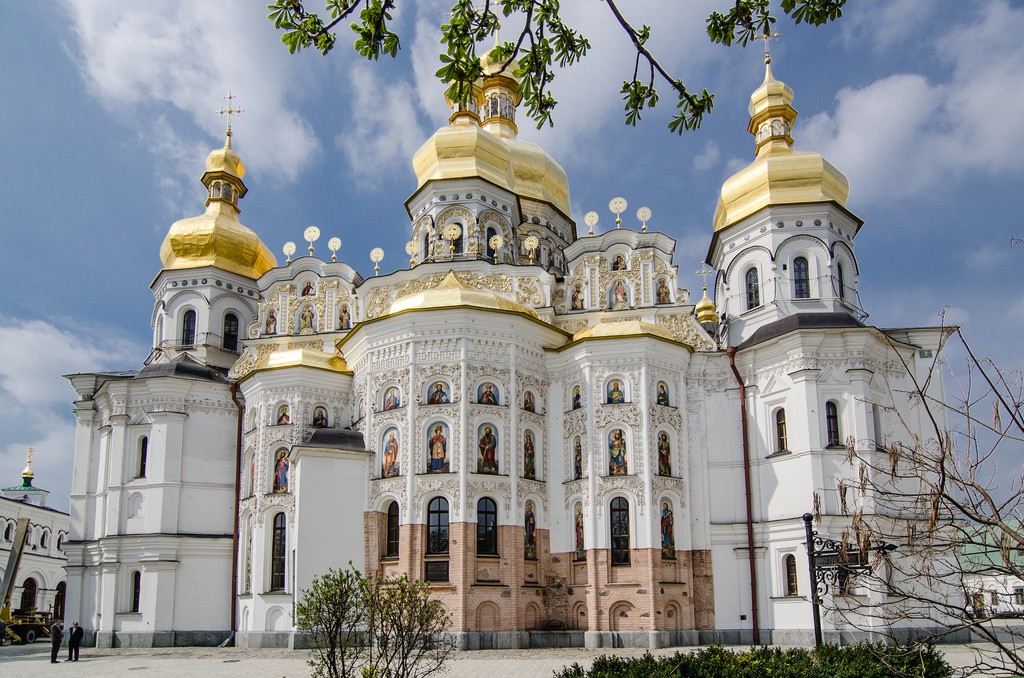 |
| Photo: Dook International |
Possibly not the best one to start with if you’re a little uncertain about spooky places, but one which will undoubtedly grab your attention. This gold-domed cathedral, monastery, and museum sit on a hill in central Kiev with wonderful views over the Dnieper river.
Founded by the Orthodox monk St Anthony in the 11th century, he and his following of monks lived, studied and worshipped in a vast network of caves that can still be visited beneath the complex. In fact, you can also still see the actual monks themselves, whose mortal remains have stayed here, mummified in the cool, dry temperatures. If that’s a little too unnerving for you then there’s plenty more to see above ground including the impressive collection of religious buildings, a stunning display of jewels, gems and Scythian gold in the Museum of Treasures as well as an exhibition of remarkable miniature creations (microscopes provided!)
2. Humayun’s Tomb
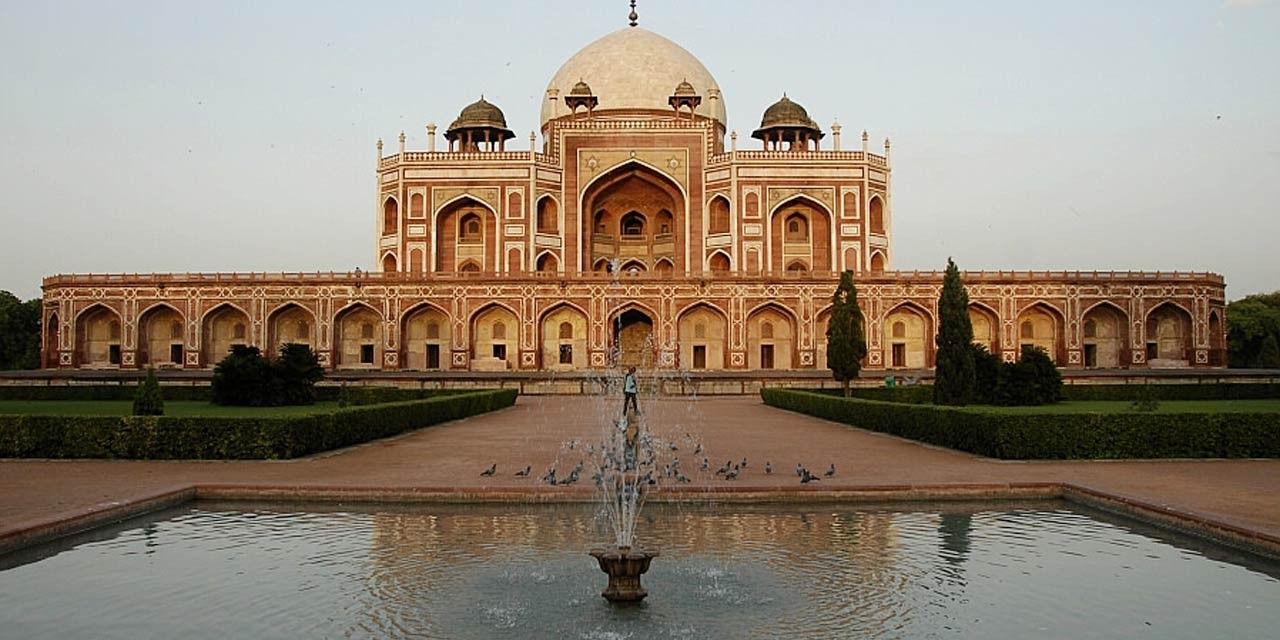 |
| Photo: Delhi Tourism |
Humayun's tomb (Hindustani or Urdu: Maqbara-i Humayun) is the tomb of the Mughal Emperor Humayun in Delhi, India. The tomb was commissioned by Humayun's wife consort, Empress and the mother of his successor, the third Mughal emperor Akbar. Hamida Banu Begum (also known as Maryam Makani ), in 1558, and designed by Mirak Mirza Ghiyas and his son, Sayyid Muhammad, Persian architects chosen by her. It was the first garden-tomb on the Indian subcontinent, and is located in Nizamuddin East, Delhi, India, close to the Dina-panah Citadel, also known as Purana Qila (Old Fort), that Humayun found in 1533. It was also the first structure to use red sandstone at such a scale. The tomb was declared a UNESCO World Heritage Site in 1993, and since then has undergone extensive restoration work, which is complete. Besides the main tomb enclosure of Humayun, several smaller monuments dot the pathway leading up to it, from the main entrance in the West, including one that even pre-dates the main tomb itself, by twenty years; it is the tomb complex of Isa Khan Niyazi, an Afghan noble in Sher Shah Suri's court of the Suri dynasty, who fought against the Mughals, constructed in 1547 CE.
The site was chosen on the banks of Yamuna river, due to its proximity to Nizamuddin Dargah, the mausoleum of the celebrated Sufi saint of Delhi, Nizamuddin Auliya, who was much revered by the rulers of Delhi, and whose residence, Chilla Nizamuddin Auliya lies just north-east of the tomb. In later Mughal history, the last Mughal Emperor, Bahadur Shah Zafar took refuge here, during the Indian Rebellion of 1857, along with three princes, and was captured by Captain Hodson before being exiled to Rangoon. At the time of the Slave Dynasty this land was under the 'KiloKheri Fort' which was capital of Sultan Qaiqabad, son of Nasiruddin (1268–1287).
The Tombs of Battashewala Complex lie in the buffer zone of the World Heritage Site of the Humayun Tomb Complex; the two complexes are separated by a small road but enclosed within their own separate compound wall.
3. Castel Sant'Angelo
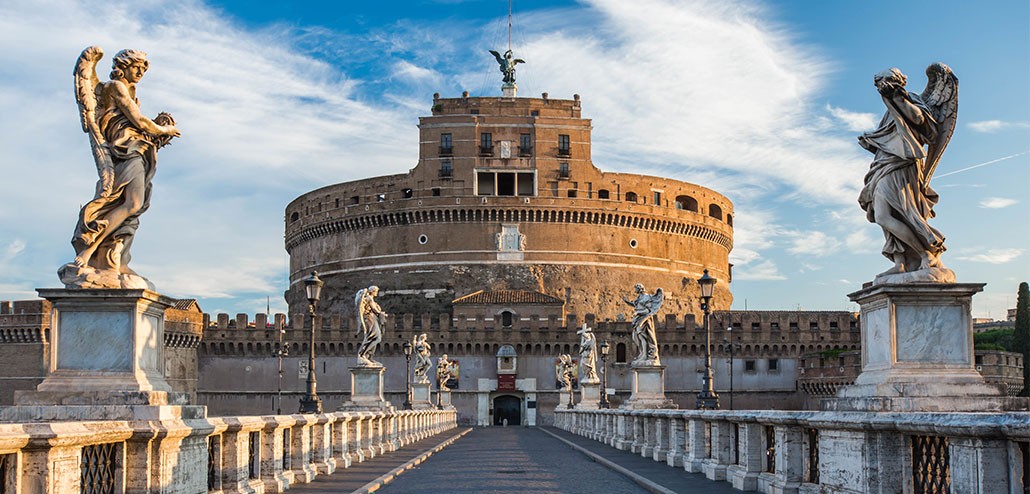 |
| Photo: Gourmetaly Food Tours of Rome |
The Mausoleum of Hadrian, usually known as Castel Sant'Angelo, is a towering cylindrical building in Parco Adriano, Rome, Italy. It was initially commissioned by the Roman Emperor Hadrian as a mausoleum for himself and his family. The building was later used by the popes as a fortress and castle, and is now a museum. The structure was once the tallest building in Rome.
The tomb of the Roman emperor Hadrian, also called Hadrian's mole, was erected on the right bank of the Tiber, between AD 134 and 139. Originally the mausoleum was a decorated cylinder, with a garden top and golden quadriga. Hadrian's ashes were placed here a year after his death in Baiae in 138, together with those of his wife Sabina, and his first adopted son, Lucius Aelius, who died in 138. Following this, the remains of succeeding emperors were also placed here, the last recorded deposition being Caracalla in 217. The urns containing these ashes were probably placed in what is now known as the Treasury Room, deep within the building. Hadrian also built the Pons Aelius facing straight onto the mausoleum – it still provides a scenic approach from the center of Rome and the left bank of the Tiber, and is renowned for the Baroque additions of statues of angels holding aloft instruments of the Passion of Christ.
4. Tomb of Jahangir
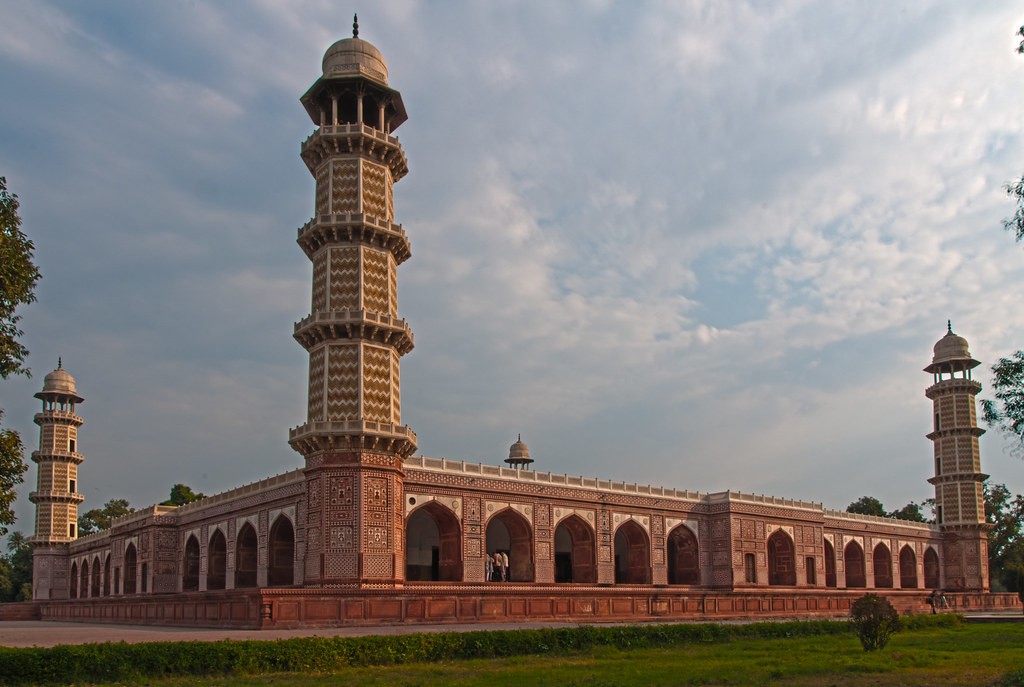 |
| Photo: Flickr |
The Tomb of Jahangir is a 17th-century mausoleum built for the Mughal Emperor Jahangir. The mausoleum dates from 1637, and is located in Shahdara Bagh in Lahore, Punjab, Pakistan, along the banks of the Ravi River. The site is famous for its interiors that are extensively embellished with frescoes and marble, and its exterior that is richly decorated with pietra dura. The tomb, along with the adjacent Akbari Sarai and the Tomb of Asif Khan, are part of an ensemble currently on the tentative list for UNESCO World Heritage status.
The tomb is located in Shahdara Bagh, northwest of the Walled City of Lahore. The tomb is located across the River Ravi from Lahore, in what was a rural area known for its numerous pleasure gardens. The tomb in located in Nur Jahan's pleasure garden, the Dilkusha Garden, that had been laid out in 1557.[4] The Tomb of Asif Khan, built in 1645, and the Akbari Sarai, built in 1637, are located immediately west of Jahangir's tomb complex, and the three form an ensemble oriented on an east–west axis. The last of the Shahdara Bagh monuments, the tomb of Jahangir's wife Nur Jahan is located slight southwest of Asif Khan's tomb.
The tomb was built for Emperor Jahangir, who ruled the Mughal Empire from 1605 to 1627 C.E.. The emperor died in the foothills of Kashmir near the town of Rajauri on 28 October 1627. A funeral procession transferred his body from Kashmir and arrived in Lahore on Friday, 12 November 1627. The Dilkusha Garden in which he was buried was a "favourite spot" of Jahangir and his wife Nur Jahan, when they lived in Lahore. His son, the new Mughal Emperor Shah Jahan, ordered that a "mausoleum befitting an Emperor" should be built in his father's honour to inter his remains.
5. Imam Husayn Shrine
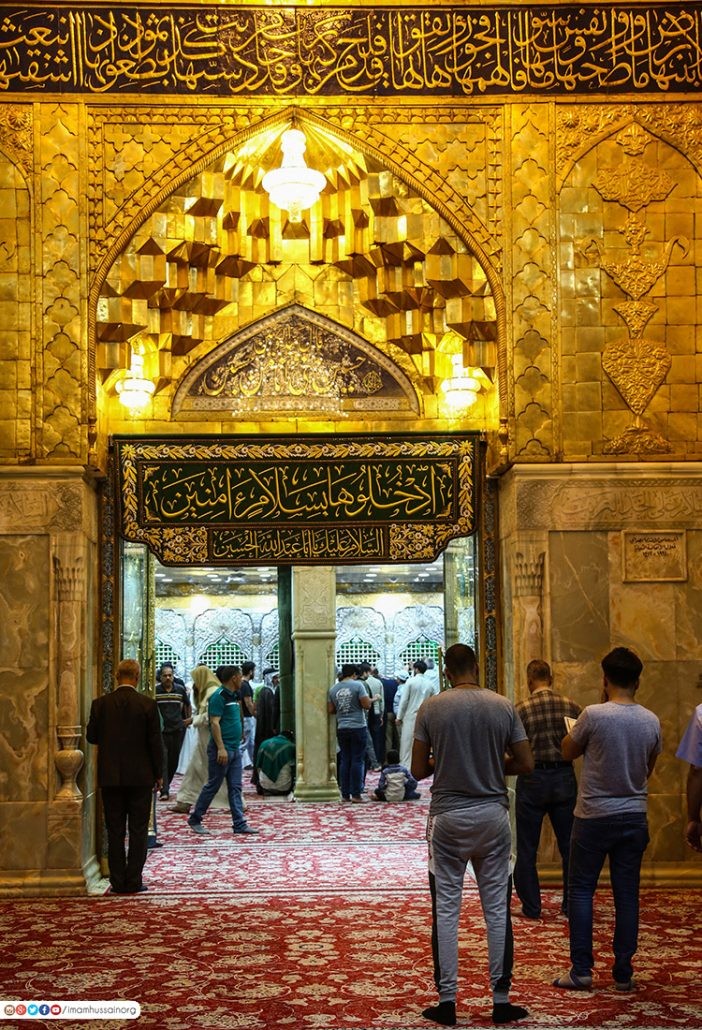 |
| Photos: International Shia News Agency |
The Imam Husayn Shrine or the Place of Imam Husayn ibn Ali is the mosque and burial site of Husayn ibn Ali, the third Imam of Islam, in the city of Karbala, Iraq. It stands on the site of the Mausoleum of Husayn, who was a grandson of Muhammad, near the place where he was martyred during the Battle of Karbala in 680 CE. The tomb of Husayn is one of the holiest places in Islam, outside of Mecca and Medina, and many make pilgrimages to the site. Every year, millions of pilgrims visit the city to observe Ashura, which marks the commemoration of Husayn's death. Every year for Arba'een rituals that occurs forty days after the Day of Ashura up to 45 million people go to the city of Karbala.
The boundary wall of the shrine surrounds wooden gates covered with glass decorations. The gates open into a courtyard separated into smaller rooms or precincts with many "Iwans" along the walls. The grave of Husayn is enclosed within a metal-mesh like structure, found directly beneath the golden dome. On 5 March 2013 the process of replacing the zarih (metal mesh like structure) over the tomb of Husayn was completed and the new zarih inaugurated. Al Abbas Mosque is located nearby. Plans to replace the shrine's historic dome with a modern steel framed one, have been met with controversy especially by historic preservationists as it would severely distort the shrine's historic integrity and character.
The first dome is 27 metres (89 ft) high and completely covered with gold. At the bottom, it is surrounded with twelve windows, each of which is about 1.25 metres (4 ft 1 in) away from the other, from the inside, and 1.30 metres (4 ft 3 in) from the outside. The shrine has an area of 59 metres (194 ft) by 75 metres (246 ft) with ten gates, and about 65 decorated rooms used for studying.
6. Mausoleum of Cyrus the Great, Pasargadae, Iran
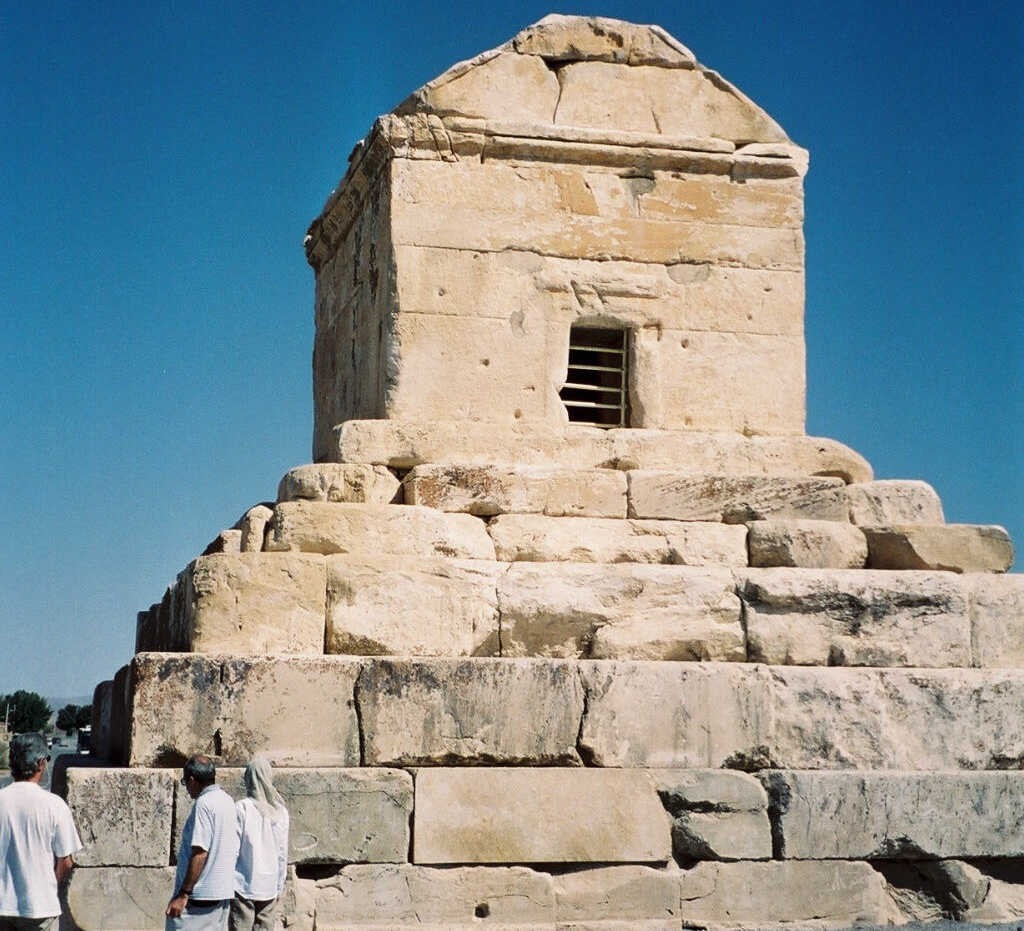 |
| Photo: Simple Wikipedia |
The sight of this mausoleum, set on its own out on the Morghab plain against a backdrop of mountains, is moving in itself. When you then consider the length of time that this simple, limestone structure has stood here, surviving through 25 centuries, it becomes even more poignant.
It’s believed to be the tomb of Cyrus the Great, first king of the Achaemenid Empire and founder of its beautiful capital, Pasargadae, which lies in ruins nearby. Cyrus was and still is regarded in Iran as a remarkable ruler who made great advances in human rights and politics. In recent years, Iranians have tried to establish a ‘Cyrus Day’ on 29th October, an unofficial annual gathering at the mausoleum to commemorate the day he is believed to have conquered Babylon and first established his empire.
7. Okunoin Cemetery, Koyasan, Japan
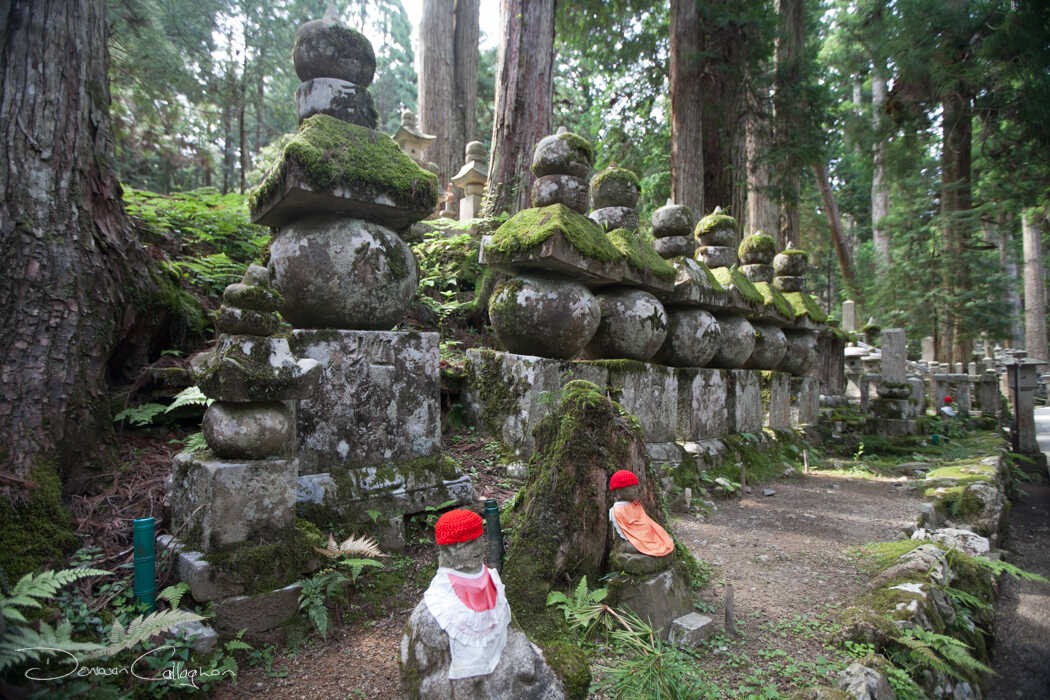 |
| Photo: Locationscout |
The one thing this place isn’t is spooky. On the contrary, many find it a thought-provoking and peaceful place to wander. The largest graveyard in Japan, there are over 200,000 tombstones here, laid out along mossy paths beneath towering pine trees. Important monks, feudal lords and prominent historical figures have made this their final resting place alongside ordinary citizens. Even companies have set up memorials here; more unusual examples include a giant cup in commemoration of former employees of a coffee company and a monument to the insect victims of a pesticide business.
So what makes this place so special? Kobu Daishi, the highly revered monk who founded the town of Koyasan in 816AD as a centre for his teachings on Shingon Buddhism, is buried in a temple here, although it is believed that he continues to live in a meditative state, praying for the souls of those in the cemetery. Whether you’re of a religious bent or not, there is something truly spiritual about this place.
8. Nubian Pyramids, Sudan
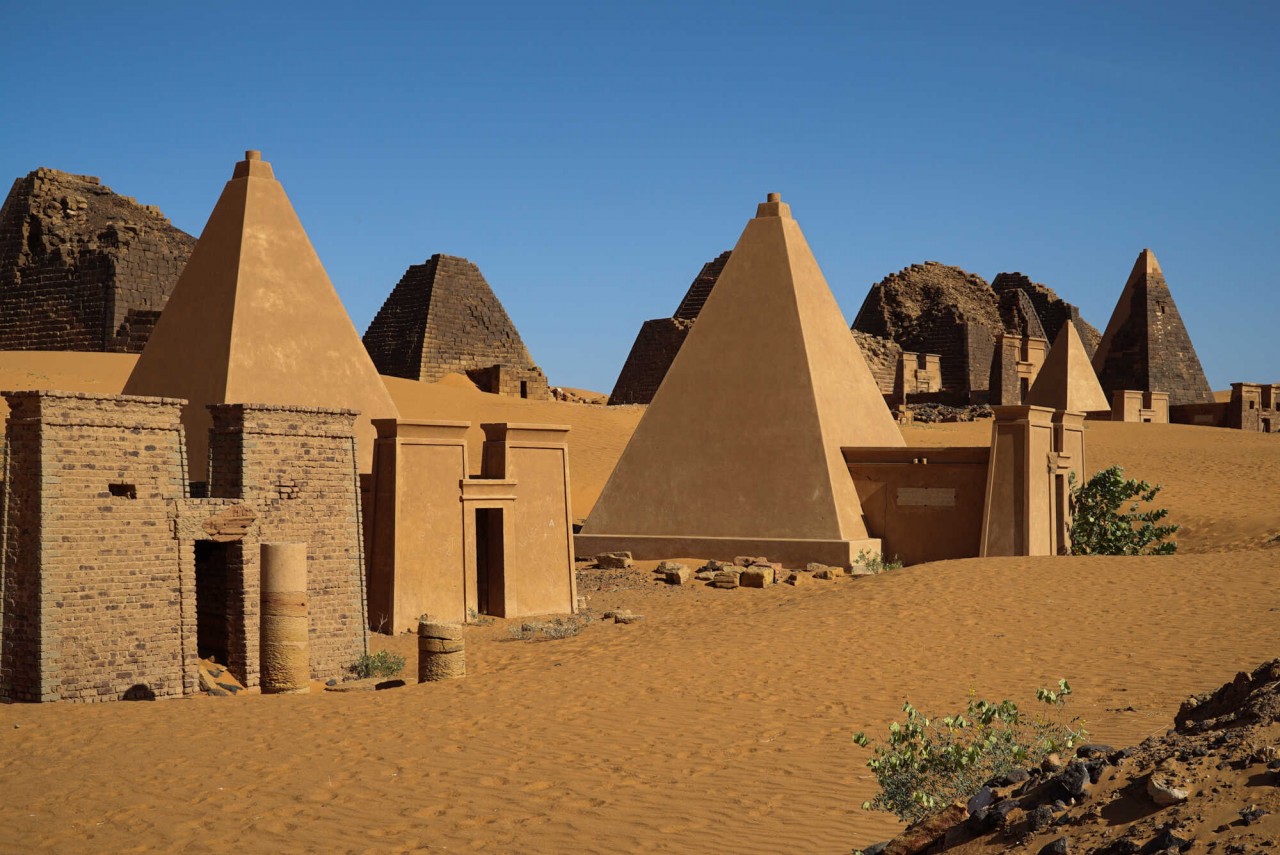 |
| Photo: JSTOR Daily |
When you think of pyramids, you tend to think of Egypt. Not many cast their eyes further south along the Nile into Sudan. Here you can find pyramids that, although not in such a good state of repair or on such a scale as the pyramids at Giza, are nonetheless remarkable and more atmospheric for their remote location, the lack of crowds and almost zero commercialization.
These pyramids were the tombs of the kings and queens of the Kushite Kingdom, an ancient civilisation that, at its height, ruled the Nile valley right the way to the delta. The pyramids are located at several sites but the most extensive examples are the necropolis at Meroë and those at Napata. Treasure hunters wantonly plundered almost all of the tombs, carelessly damaging the ancient yet advanced structures. Some have since been reconstructed while others have been left as they are, although maintained to prevent further damage.
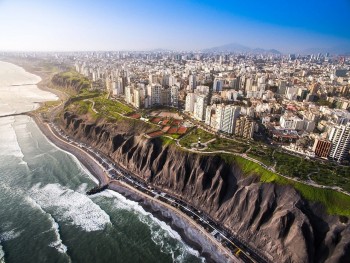 | Explore Amazing Lima: The City That Rains Every 600 Years The Peruvian city of Lima is the only city in the world that doesn't rain all year round, but this is still one of the ... |
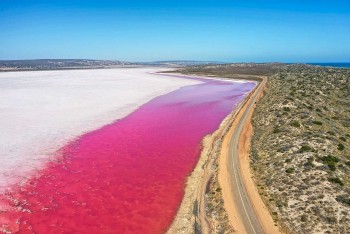 | Visit The Unique And Attractive Pink Lake In Australia One of the most famous and unusual places in Australia is Hutt Lagoon, a blazing and beautiful pink lake whose charms are irresistible to new ... |
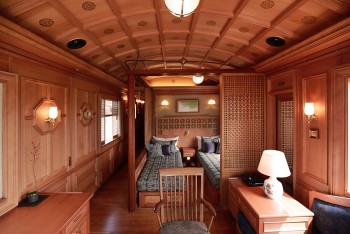 | Top 10 Most Expensive Trains In The World Golden Eagle Trans-Siberian Express, The Seven Stars, British Pullman, etc, are some of the most expensive and luxurious trains in the world that can give ... |
Recommended
 World
World
"India has right to defend herself against terror," says German Foreign Minister, endorses Op Sindoor
 World
World
‘We stand with India’: Japan, UAE back New Delhi over its global outreach against terror
 World
World
'Action Was Entirely Justifiable': Former US NSA John Bolton Backs India's Right After Pahalgam Attack
 World
World
US, China Conclude Trade Talks with Positive Outcome
Popular article
 World
World
Nifty, Sensex jumped more than 2% in opening as India-Pakistan tensions ease
 World
World
Easing of US-China Tariffs: Markets React Positively, Experts Remain Cautious
 World
World
India strikes back at terrorists with Operation Sindoor
 World
World







